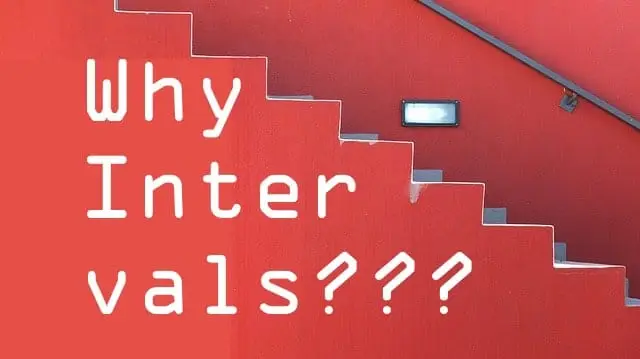Why do you place so much emphasis on learning the intervals, Ari?
Hi Ari, I have your book and you spend quite a bit of time on intervals. I have been playing songs for years and have a pretty good ear. Why do you think I need to learn them? What role do intervals have in the learning process?
Great question, M! Here is my answer:
The role of intervals in the learning process is that they are:
1 – A shape (you can move shapes around all over the fretboard if you know how. All of a sudden, the fretboard makes sense!)
2 – A sound (you know what stuff will sound like, what effect it has… for example: a minor third laid over a dominant-7 chord sounds bluesy.)
3 – A function and sound in a chord progression (A musician may call out the changes to you, “hey, it’s just a 1 – 6 – 2 – 5” – these are scale degrees, which means knowing the intervals in scales to figure this out.)
4 – Material to create grooves from when you see a chord progression like C Am Dm G (that’s that 1 – 6 – 2 – 5 again, here in the key of C!), then you know the intervals that make up these chords, you quickly know notes that will sound good and you will know how the notes you chose sound.
5 – The smallest practical building blocks in our tonal system (unless you play fretless or upright, just kidding 😉 ) and a way to categorize, name and communicate sounds, ideas etc.
6 – Greatly facilitates reading music. If you know your intervals on the fretboard and internally (what they sound like), translating the dots on the written page to shapes on the bass (=reading music) becomes so much easier!
7 – Also:
Anything remotely advanced in music or music theory will use intervals for communication: scales, chords, melodies, chord progressions, counterpoint… All made up of intervals. If you do not understand intervals at the very base, everything else will be too hard. Frustrating. And it will not make sense.
8 – To really understand intervals and understand them on the bass, you need to use them. Best creatively. Best by jamming.
It’s great that you already have a good ear for the bass. To leap further ahead, connect what you hear to shapes and names. This will make communicating music much more effective – both from your mind to your bass and from you to your fellow musicians.
Do those note-finder exercises incorporating intervals (The “Creative Notefinders” in the Course). Make what you are doing there conscious,. For example, major second up. Minor third down. All over the fretboard! Do them over and over until not only the note-finder note of the week, but also the interval(s) we practice with it become second nature. It is super fun!
(That’s why in the course we usually have a major and a minor track for this each unit.
Being comprehensive, we go through all 21 notes!
A lot of methods and books glance over that practicing bit – especially classical music theory books (plus, they are typically not directed at bassists). A lot of books say: “Here, this is a third. Got it? “ And leave it at that. This misses an immensely important step – to actually practice it, hear it, use it, so you understand it! In all areas of the bass. On every string!
9 – Song learning and memorization. If you can identify and name intervals and all that is built from intervals (chords, keys, melodies etc) then you will start learning in chunks: Oh the first bar is just arpeggiating a C major triad, and then it goes to the five chord (this could be Ob-La-Di Ob-La-Da by the way). You will also start hearing those patterns.
10 – I could keep going. But I struggle with the fact that some of this cannot be explained until you have actually done it. Understood it. Heard it. Once you listen to a random piece of music and go: Aha, the bass player is playing a first inversion chord. He is starting on the third in the bass. Ah, that’s that gospel progression again, where you go to the “3 over one”. Got it.
The freedom of being able to identify, use, communicate and creatively apply this knowledge all over the fretboard, no matter where you are, means playing with more freedom. And it all started with intervals 😉
My book, Music Theory for the Bass Player shows you
- each interval on the fretboard with diagrams
- and best fingerings,
- features a groove example using this interval and
- tells you what happens if you keep repeating the interval over and over (this is very educational)
- and tackle inversions, compound intervals, extensions and alterations.
In our course, Music Theory for the Bass Player, we tackle an interval a unit and use intervals for
- creative note-finding exercises,
- groove creations and
- other assignments throughout the course,
building systematically, one after the other.


